
Printable pdf of Computer Safety Rules for elementary school students
- Subject:
- Computer Science
- Cybersecurity
- Material Type:
- Visual Media
- Author:
- Tara Williams
- Date Added:
- 04/30/2022


Printable pdf of Computer Safety Rules for elementary school students
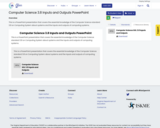
This is a PowerPoint presentation that covers the essential knowledge of the Computer Science standard 3.8 on Computing System about systems and the inputs and outputs of computing systems.
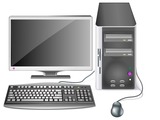
This Quizlet Study Set contains Elementary (K-5) vocabulary from the "Computing Systems" strand of the Virginia Standards of Learning for Computer Science. Students can study the terms with flashcards or try the games to test their knowledge.
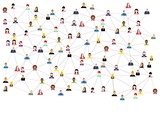
This Quizlet Study Set contains Elementary (K-5) vocabulary from the "Networking and the Internet" strand of the Virginia Standards of Learning for Computer Science. Students can study the flashcards and play games to test themselves on the terms.
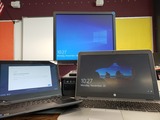
This slides presentation has a short video about the 4 things that all computing devices have in common and then has picture examples of Input and output devices. It also has a slide of internal components we don't usually see.The final slide is a sorting activity that includes input and output devices.

Students will be challenged with researching various problems that may occur with hardware and software for computer usage and then turn their research into posters for the class to use later if they have a problem occur past our lesson.
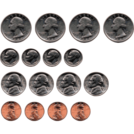
With this lesson, students will practice the Math Standards of Learning around counting and comparing values of money and creating equations while also learning computer science terminology for problem solving. Students will learn to start counting change with the highest value coin possible.
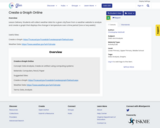
Lesson Delivery: Students will collect weather data for a given city/town from a weather website to analyze and create a graph that displays the change in temperature over a time period (one or twq weeks). Useful Sites: Create a Graph: https://nces.ed.gov/nceskids/createagraph/Default.aspx Weather Data: https://www.weather.gov/wrh/climate
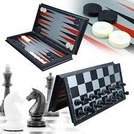
Unplugged activites to help students realize algorithms are simply patterns that we use in our daily lives.

This slideshow reviews what Cyberbullying is and a few things that victims and people around them can do to deal with it.
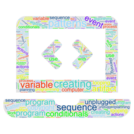
This is a list of basic vocabulary with definitions and/or examples that will be used in elementary classrooms K-5 when teaching the concepts of algorithms and programming.
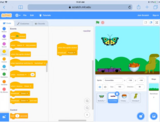
Events in computer science are the triggers for making action happen, like selecting the play button on any screen. Events in Scratch are represented by the yellow codes including: when flag clicked, when sprite clicked, when key pressed and broadcast. Broadcasting is the most advanced event in Scratch and helps with interactions between sprites like pacing their conversations or changing levels.
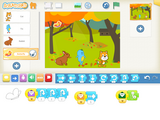
Events in computer science are the triggers for making action happen, like selecting the play button on any screen. Events in Scratch Jr. are represented by the yellow codes including: the green flag, clicking on a character, bump code and envelopes. The envelopes are the most advanced concept in Scratch Jr. and help with scene transitions and interactions between characters like pacing their conversations.

Students will be able to explore the water cycle, by getting hands-on experience making the water cycle ! Using the examples, the students will be able to use various materials to practice creating a water cycle. Dive into water cycles and allow your students access to expand their knowledge using creativity!

Students will be able to explore the different continents by correctly locating them through various materials! Using the medicine ball, puzzle globe, and 3d doodler pens, students will engage in an exciting activity that helps them understand the location of the different continents. Dive into the different continents and allow your students access to expand their knowledge using creativity!
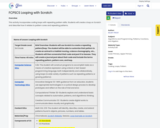
This activity incorporates coding loops with repeating pattern skills. Students will create a loop on Scratch and describe how it relates to pattern cores and repeating patterns.

Interpret graphs and data collection to create a bar/chart graph in Google Slides.
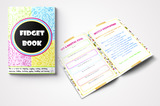
This fidget book was designed to be used in digital citizenship and internet safety lessons for elementary students. It has lesson supports, coloring pages, self-reflection guides and more.
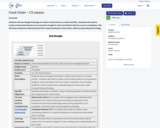
Students will use Google Drawings to create a food chain as a review activity. Students will need to create a food chain based on an ecosystem taught in class and label it with the correct vocabulary. This will allow students to demonstrate their understanding of a food chain, while incorporating technology.

Set students up for programming success by creating a BeeBot anchor chart!These editable instructions will help students identify their role as planner or driver and set clear expectations of how Bee-Bot is used in computer programming. Tips:Introduce Bee-Bot whole classMake sure students understand the importance of the clear (x) button to erase the previous codealways press clear first to signal a new code (like how a capital letter signals the start of a new sentence) Plan the program in developmentally appropriate steps (some students program one step at a time, while others can program to the end goal)Turn the Bee-Bot off and use it as a game piece to write successful algorithmsHave students write their plan, or algorithm, on a whiteboard instead of using the cardsThe Bee-Bot emulator is perfect for guided practice!